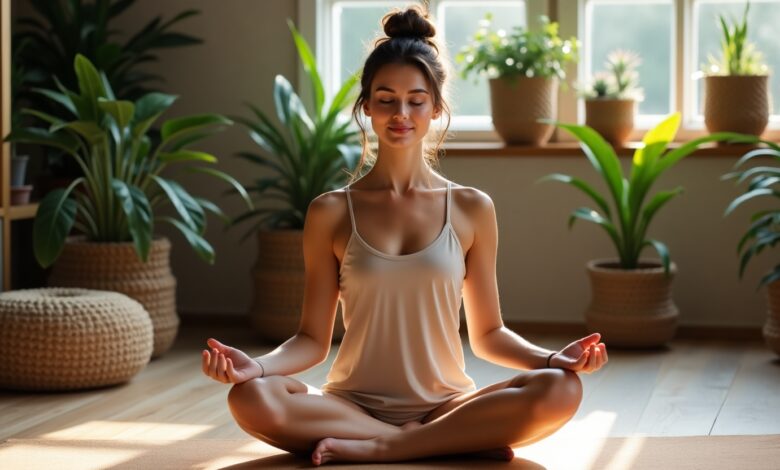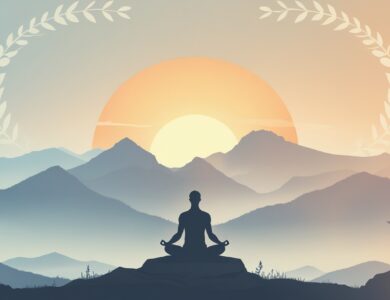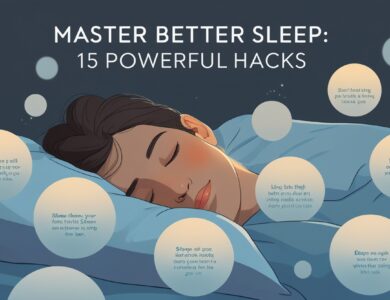The Art and Science of Relaxation: Techniques for Stress Relief and Mental Clarity

In today’s busy world, stress seems to be a constant companion. From the moment we wake up to the second we close our eyes, we’re bombarded with responsibilities, information, and expectations. But what if there was a better way to cope with this mental clutter? That’s where the art and science of relaxation step in.
Why Is Relaxation So Important?
Relaxation is not just about taking a break or lying on the couch. It’s about giving your body and mind permission to pause, reset, and recharge. When we relax effectively, we:
- Lower our stress hormone levels like cortisol and adrenaline
- Improve mental clarity and make better decisions
- Enhance our sleep quality, which boosts immunity and mood
- Strengthen emotional resilience, making it easier to cope with daily challenges
What Does Science Say About Relaxation?
Modern science backs up what ancient practices like meditation and deep breathing have known for centuries. When we engage in relaxation techniques, our parasympathetic nervous system kicks in — that’s the body’s natural “rest and digest” system. It slows the heart rate, lowers blood pressure, and calms our racing thoughts.
Think of it as pressing the “reset” button on your mind and body.
Simple Techniques to Relax Your Body and Mind
You don’t need expensive spa days or week-long retreats to experience relaxation. Here are some easy and effective methods you can start using today:
1. Deep Breathing
This may sound basic, but it’s powerful. Try this: breathe in for 4 seconds, hold for 4, and breathe out for 6. Repeat for a few minutes and notice how your body starts to feel lighter and calmer.
2. Progressive Muscle Relaxation
This involves tensing and then releasing different muscle groups. Start at your toes and work your way up to your head. It’s a great way to release physical tension you didn’t even know you were holding.
3. Mindfulness and Meditation
Mindfulness helps you tune into the present moment. Try sitting quietly and focusing on your breath, a sound, or even a simple mantra. If your mind wanders (which it will), gently guide it back.
4. Visualization
Close your eyes and imagine a peaceful place — maybe a quiet beach or a cozy cabin in the woods. Let your mind wander there. The brain often responds to imagined experiences as if they’re real.
5. Nature Walks
Spending time in nature is like free therapy. A walk in the park, even for just 10 minutes, can clear your mind and lift your spirits.
What Gets in the Way of Relaxation?
Have you ever tried to relax but just couldn’t? You’re not alone. Many people struggle with switching off. Common roadblocks include:
- Overthinking or racing thoughts
- Guilt for taking time off
- Too much screen time
- Lack of practice — like anything, relaxation gets easier the more you do it
Tips to Make Relaxation a Daily Habit
Relaxation doesn’t need to be a luxury — it can be part of your everyday routine. Here are a few ideas to get started:
- Set a daily “relaxation appointment” on your calendar
- Disconnect from devices for a few minutes every hour
- Create a calming space in your home with soft lighting or soothing music
- Practice gratitude — reflecting on what’s good in your life can shift your mindset
Final Thoughts
Relaxation isn’t just a nice-to-have — it’s a must-have for a healthy, happy life. The art of relaxation comes from understanding your personal needs, while the science backs up its benefits. You don’t have to escape to the mountains or meditate for hours. Even a few mindful minutes a day can make a world of difference.
So, next time you feel your shoulders tightening or your mind racing, ask yourself: what can I do right now to bring more calm into my life?
Remember, taking care of yourself is not selfish — it’s necessary.



